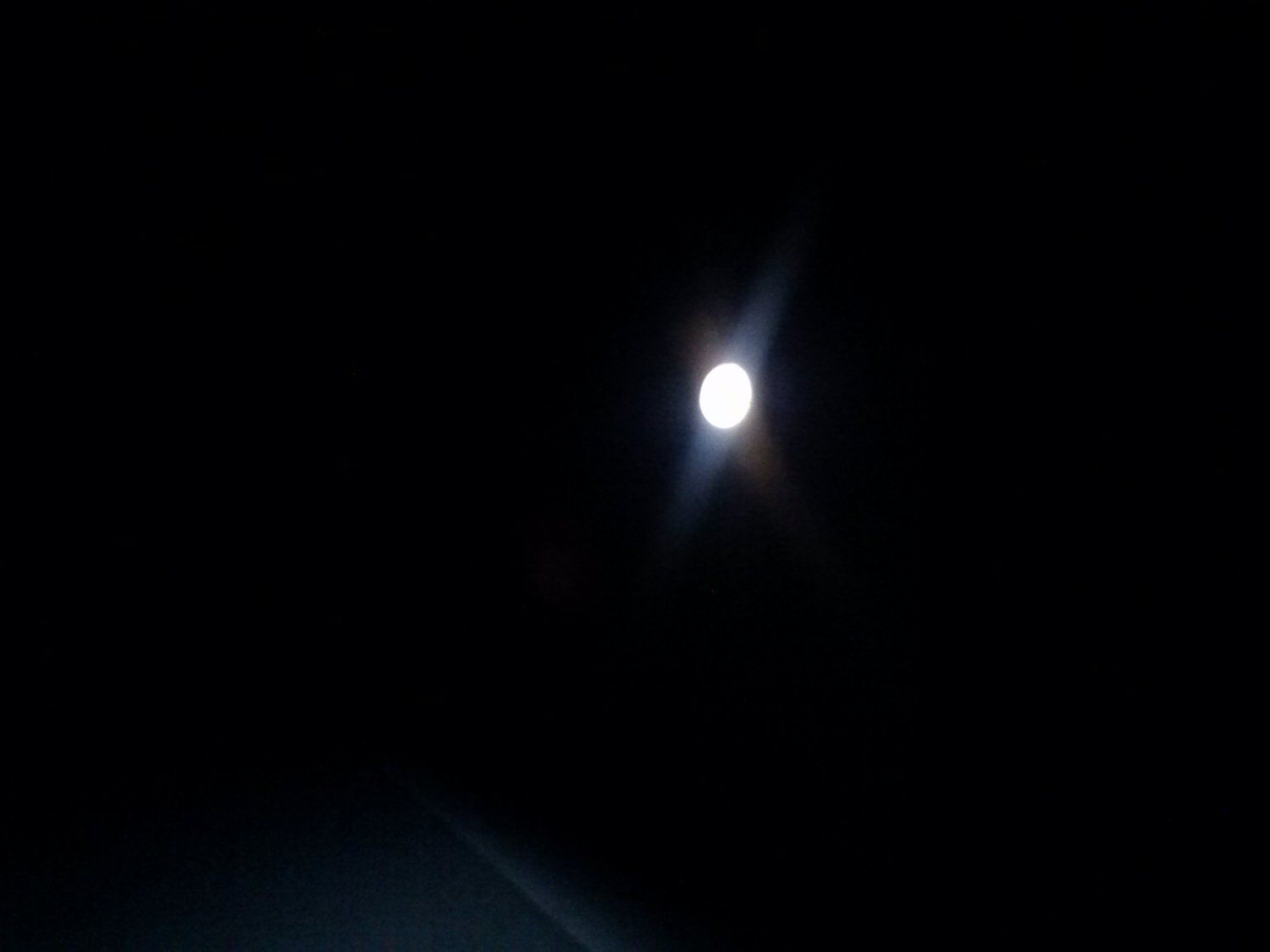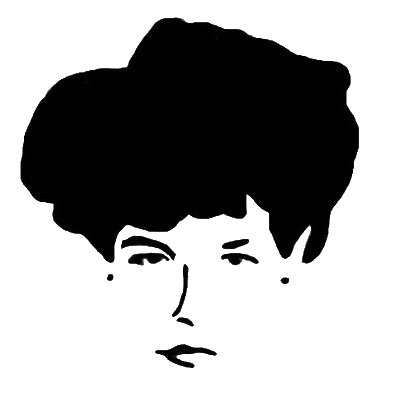
I am a real weakling when it comes to viewing art in large quantity. Generally claustrophobic and predisposed to “museum fatigue,” I just don’t have the necessary constitution for the 2014 Biennial. Cramming 103 artists on to three floors, the exhibition only seems to get more dense each time you ascend the stairs. This spatial quality takes an affective toll beyond producing visual clutter. Whatever conversation each piece is trying to engage in—be it formal, political or social—it is always in danger of being drowned out by its mere proximity to another.
In my experience, this is where meaning collapses, disorientation ensues, and I pine for the outside world, the “real world.” When I get there I think about pursuing a new career, perhaps working with children or animals. This confession is not meant to be another entry in the ritual expression of dislike for the 2014 Whitney Biennial. It is merely to give a sense of my mindset when I entered Zoe Leonard’s installation, 945 Madison Avenue (2014), a work very much interested in how we experience exhibition sites, and one that at the very least, provides some much needed space to breathe.
Leonard has taken part of the 4th floor gallery and turned it into a giant camera obscura by blackening out the window except for a small hole. Through this opening, an inverted image of the surrounding street is projected onto the surface of the building’s interior. It is a visual phenomenon observed since antiquity and the precursor to the modern camera. According to the accompanying wall text, Leonard studied architect Marcel Breuer’s notes regarding the 4th floor window, noting his desire for the room to be “exposed to history.” Leonard cleverly literalizes these instructions by using an optical device from the past to situate her viewers directly inside an exposure of the outside world.
Walking in, the viewer is first confronted by darkness. As the wall text advises, to truly see 945 Madison Avenue, one must allow time to pass for the eyes to adjust. Yet during my visit on a dark, overcast day, the image never sharpened into much of a discernible picture, but remained dim and fuzzy. There was not much to look at.
Having seen photographs of the piece before visiting it—in which the projected image is very visible—I was struck by an impatient need for it to present itself to me right away. Naggingly contemporary questions began to pose themselves: Why didn’t it look like I had seen on the Internet? What is the point of seeing something “IRL” when a reproduction captures it better? More importantly, what documentation was I going to share on the social media platforms I use to prove to my friends that I actually go places and do things? Citing the use of nothing but a lens and a darkened room, art critic Blake Gopnik applauds Leonard’s mastery of dematerialization. There is nothing to buy, the piece is all light and experience: “You don’t get more immaterial and less market-friendly.” Maybe so, but I would argue that at this juncture in contemporary art practice, the viewer’s experience is very often what is marketed and sold.
Consider the recent Rain Room installation, and MoMA’s suggestion to visitors, “Photography is encouraged in the Rain Room.” A quick Google image search will result in endless examples of visitors really feeling the art. Yayoi Kusama’s recreation of Infinity Mirrored Room at David Zwirner is another recent success at manufacturing experience. The most coveted place to take a selfie in New York for the two months it ran, the installation launched a new meme on the Internet, only producing longer lines to enter the room for the mere forty-five seconds allotted. There is no selfie to be taken in 945 Madison Avenue. In fact, on the day I went, there was no ability to even capture the visual experience of the room on camera. Only darkness would show, and a flash cancelled out any visible detail. Left to contemplate my own bratty expectations for the piece—my disappointment at its lack of clarity and inability to give me the outside world I was gasping for while inside the Biennial—I settled into the kind of people watching I would do had I actually been sitting on the street Leonard’s piece was supposed to deliver in upside-down fashion.
I watched others squint at the wall, alternately approaching it and backing up hoping for a better picture, eventually retreating to a bench as I had. Viewers are inevitably drawn to the light coming through the window, looking for the source of the image, a peek at the city outside, and a comparison to the dim, inverted picture on the wall behind them. Sitting inside the room for about 20 minutes, on more than one occasion I witnessed a father holding up his captive child to the hole and giving them an impromptu lesson on the optical mechanics of the camera obscura.
My emphasis on this exhibition room as social experience is not to say that Leonard has somehow created a space devoid of the early 21st century’s special brand of alienation, bringing us closer to a more innocent time of pre-cinematic, pre-cell phone entertainment. After exploring a bit, visitors sat down and used the darkened space to inconspicuously check their phones and tune out as usual.
What I do believe from my own experience and what I observed, however, is that it provides us more awareness of these very conditions. In Art Agenda, Kevin McGarry has a much less generous reading of the piece, finding it suspiciously reverent to the Whitney on the occasion of its last Biennial: “...Something that could have been devised by a PR assistant as readily as by a great photographer like Leonard.” I can momentarily understand this opinion, but only if I choose to ignore that the room is one in a recent series of camera obscura installations Leonard built within art exhibition spaces; or the way in which the piece fits into her larger interest in how the photographic image structures subjectivity. I am not a fan of willfully forgetting history and context, however. I also think art criticism hits a dangerous level of cynicism when historical engagement becomes equated with cloying nostalgia or shameless marketing ploy. By using a technology from the past, Leonard helps us see our present social circumstances more clearly. I don’t think this achievement is coincidental, but rather simply how paying attention to history works.
